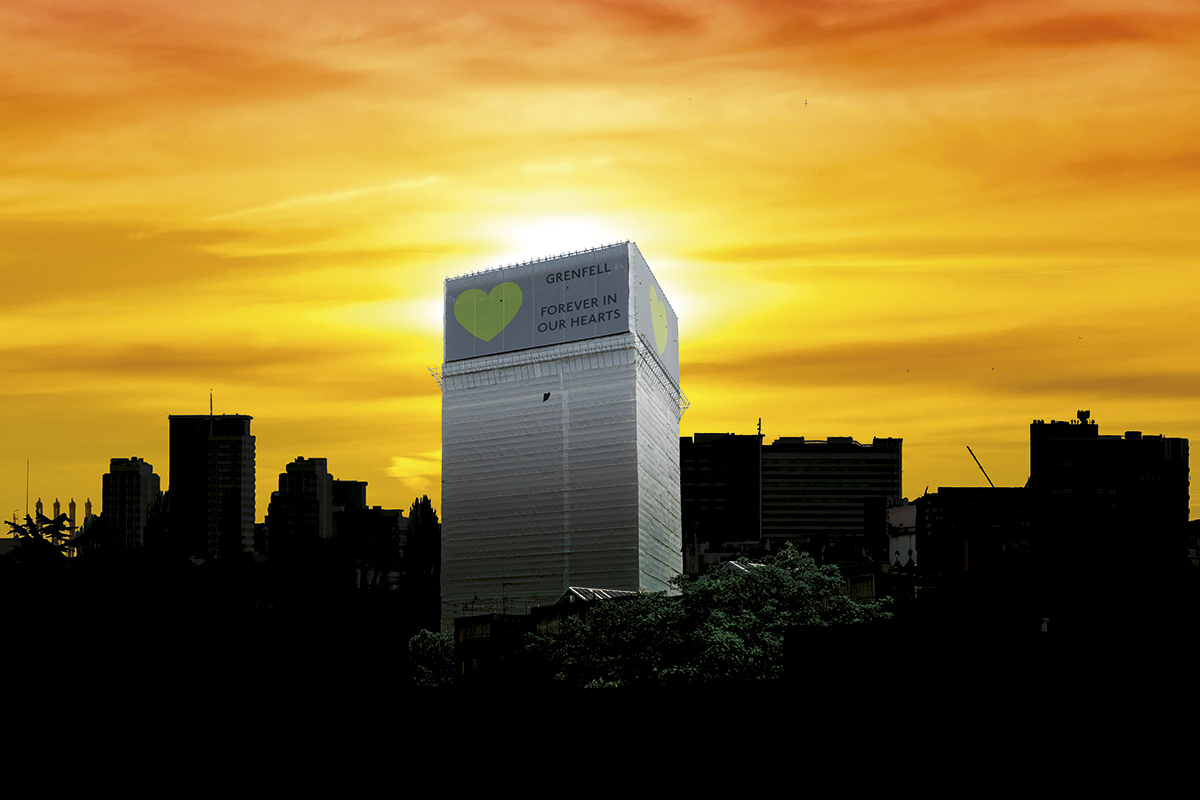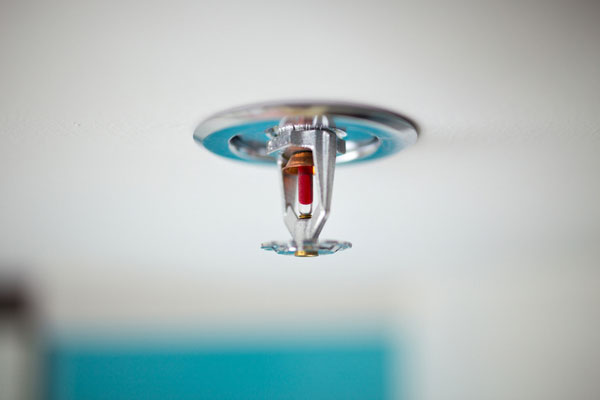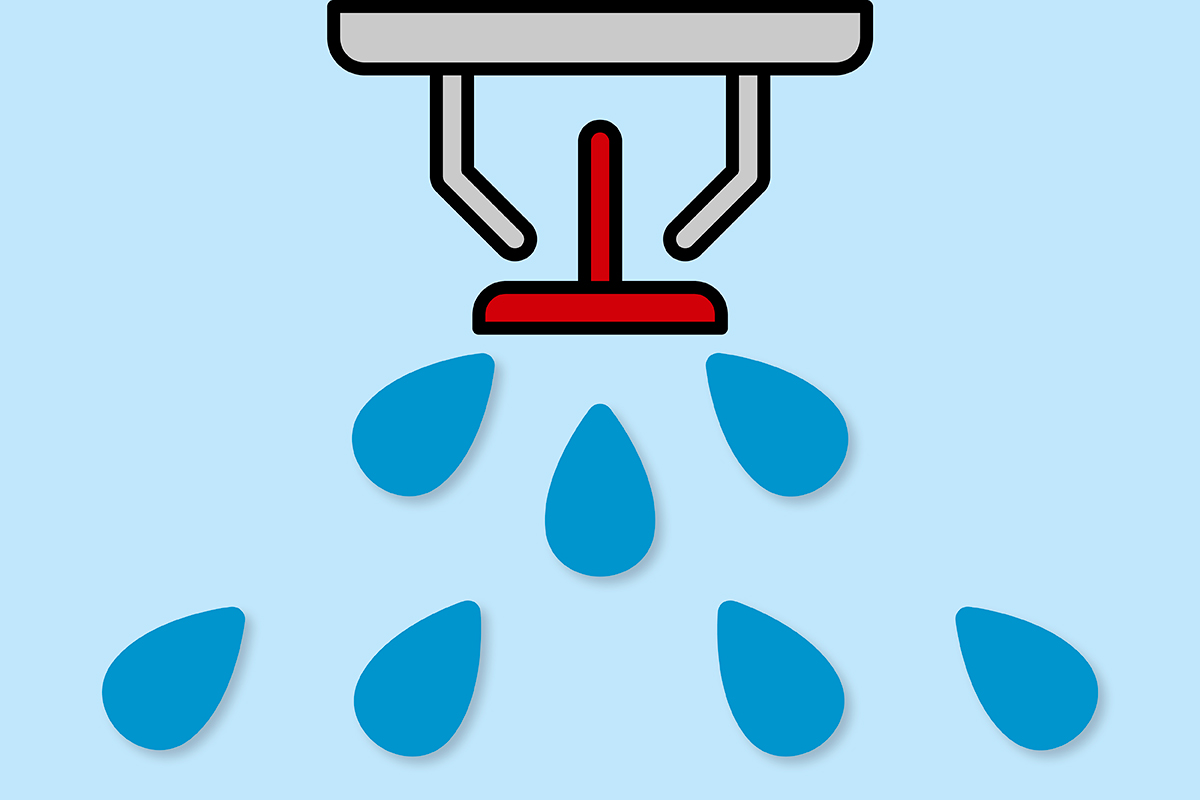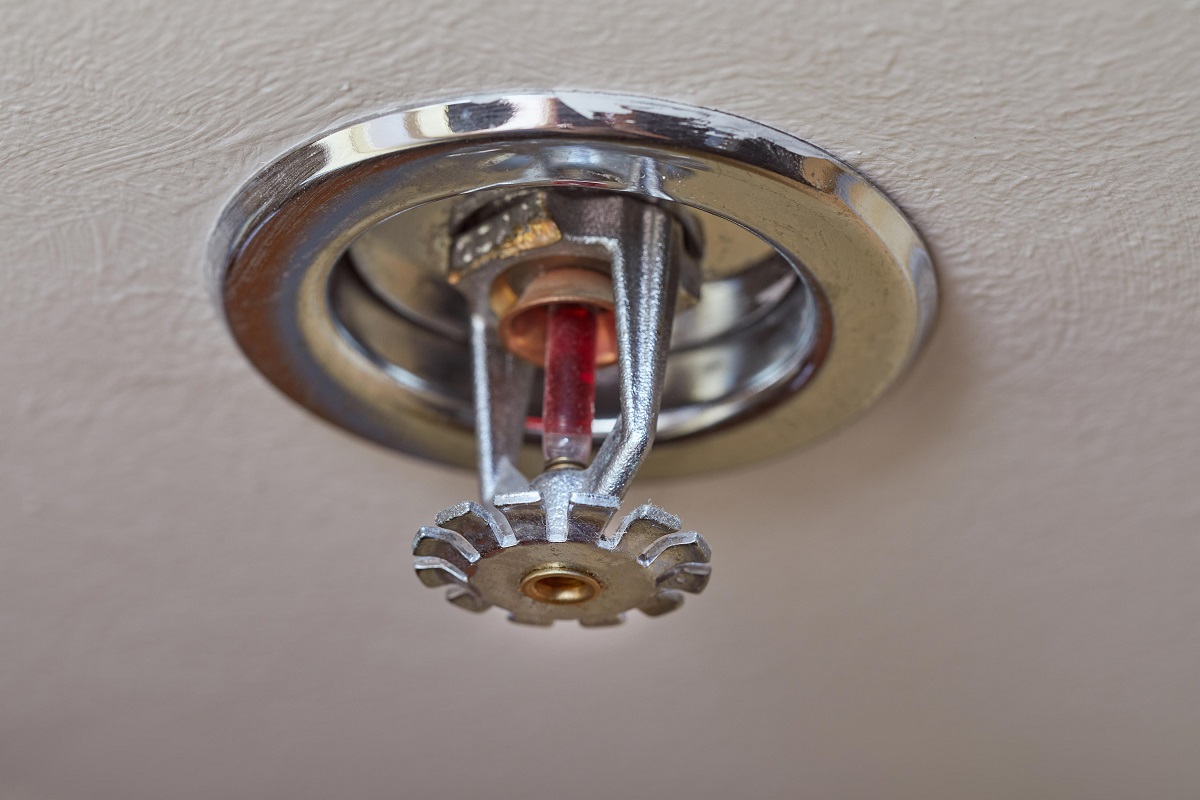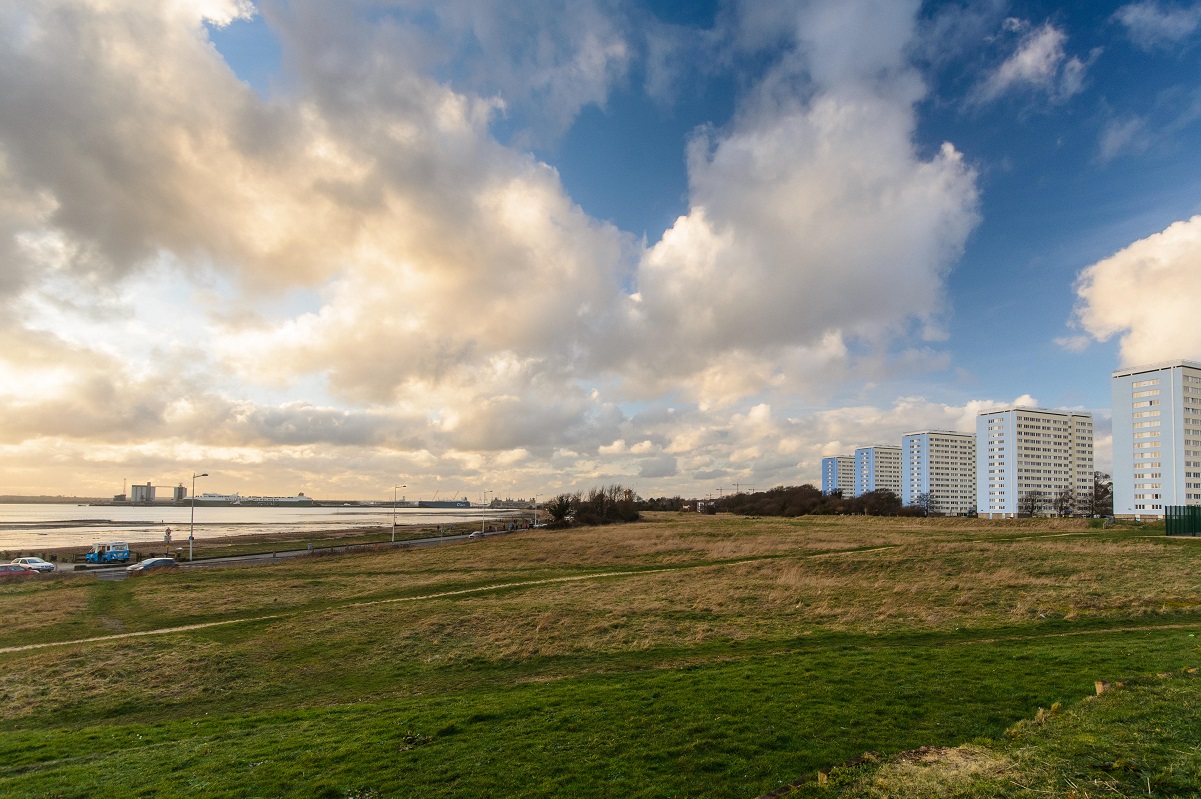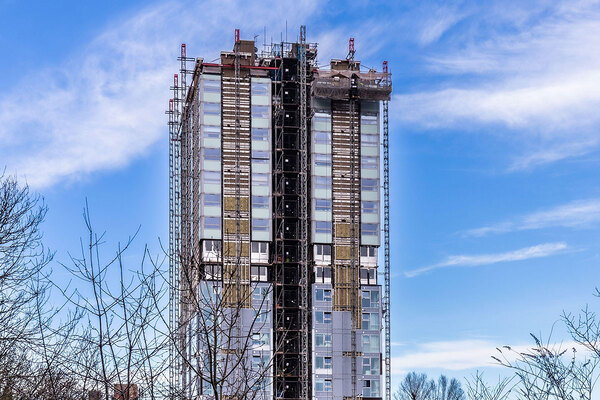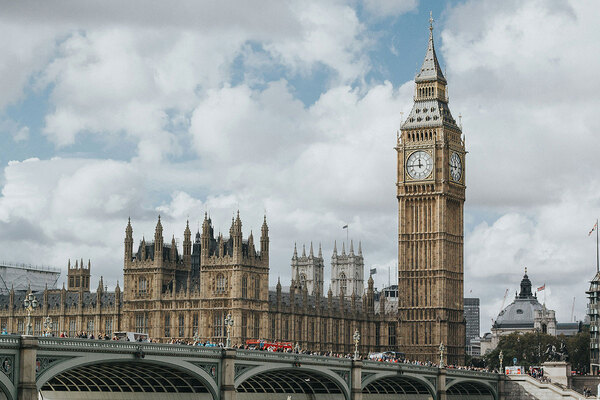Vast majority of social housing high rises do not have fire alarms or sprinklers, new research reveals
Only 18.9% of high-rise social housing blocks have been fitted with sprinklers and only 12% with fire alarms six years on from the Grenfell Tower fire, new Inside Housing research reveals.
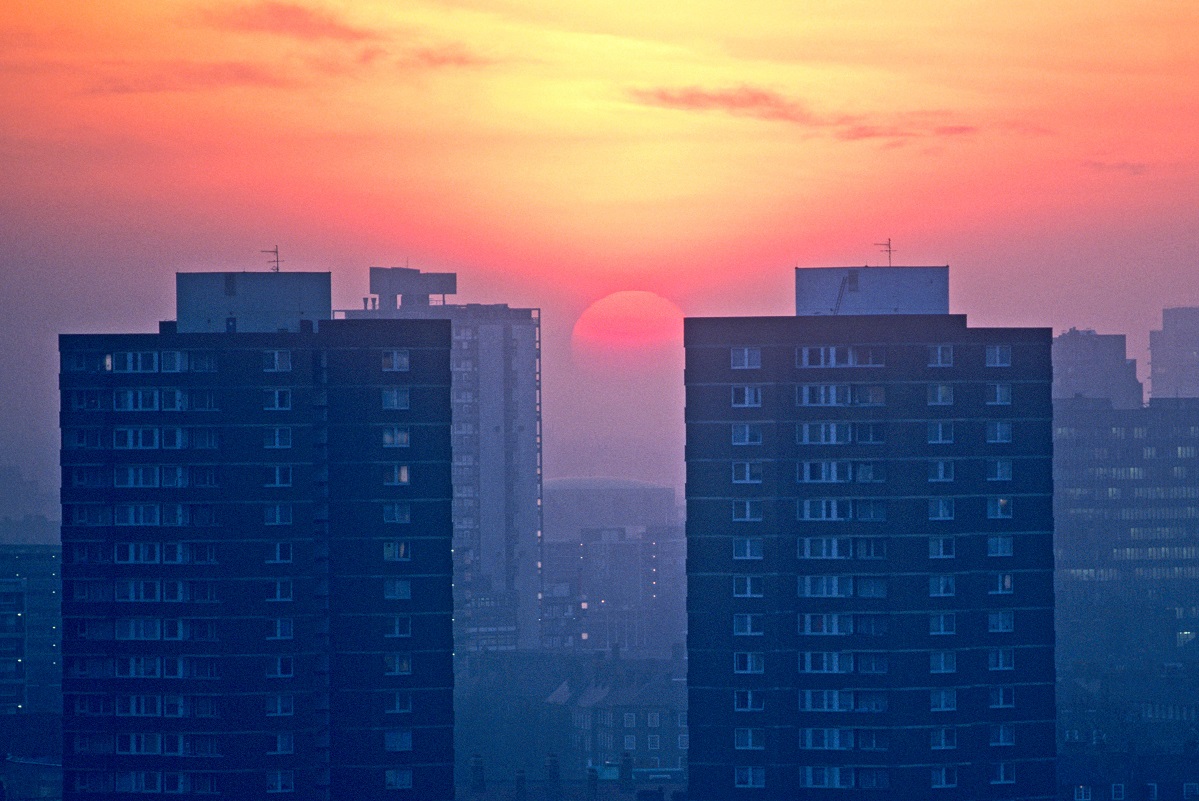
New data gathered by Inside Housing reveals that of 1,768 social housing blocks owned by 37 housing associations and councils across the UK, just 334 (18.9%) have sprinklers fitted and 217 (12%) have a block-wide fire alarm.
Of the sprinklers, 181 have been fitted in a £93m programme by Birmingham City Council, meaning that in the rest of the country the figure drops to just 8.6%.
Both sprinklers and manual fire alarms are now required for new buildings, but there is no obligation to retrofit them under government guidance – with total reliance still placed on maintaining a building’s ‘compartmentation’ to enable residents to safely stay put during a fire.
This is despite the government being told to encourage social landlords to retrofit sprinklers in 2013 following six deaths at Lakanal House, and a recommendation to retrofit manually operated fire alarms being made by the Grenfell Tower Inquiry in October 2019.
In response to the research (see box below), the National Fire Chiefs Council (NFCC) called on the government to make it mandatory to retrofit sprinklers in high rises, while the Royal Institute of British Architects (RIBA) called the data “shocking”.
Both bodies cited research showing that sprinklers suppress or contain fires on 99% of occasions, reducing the risk to life and property damage.
Retrofit was particularly low in London, where of 771 towers owned by 14 local authorities, just 41 had been fitted with sprinklers and 43 had been fitted with fire alarms.
Charlie Pugsley, assistant commissioner for fire safety at the London Fire Brigade (LFB), said the numbers of sprinklers in high rises in the capital were “still very low”, adding that “we would like to see this increase”.
He added that sprinklers are “not a luxury” and that they “save lives and also reduce risk to the firefighters who have to tackle the fires”.
A spokesperson for London Councils pointed to the “extremely challenging” financial context and said it was seeking more government funding to support fire safety work.
Inside Housing’s data was gathered through Freedom of Information requests sent to large stock-holding local authorities and voluntary requests for information from large housing associations.
The data covers 1,768 blocks with at least 87,000 individual flats included in the survey, meaning it covers almost a third of the social housing high rises around the country.
Following six deaths at Lakanal House in south London in 2009, a coroner’s inquest held four years later in 2013 resulted in a recommendation to government that social landlords be “encouraged” to retrofit sprinklers in their high-rise buildings.
However, behind the scenes officials advised ministers that doing so would be “a big and essentially pointless task”, as without new funding the encouragement would likely be ignored.
Even after the Grenfell Tower fire in 2017, the government denied requests for funding to retrofit sprinklers in council housing, branding them “additional not essential” for fire safety.
The cost of a new sprinkler system is estimated at around £500,000 per block, with a wide variance for the size of the building. The RIBA estimated the cost at £1,750 for a two-bedroom flat.
Birmingham City Council has spent £93m installing 181 sprinkler systems to its stock of 188 high-rise buildings – 64% of the total sprinkler installations in the survey. It said its blocks were on average 70 years old, and had necessitated “difficult decisions” about safety.
Southampton City Council has spent £40m to fit sprinklers to 19 of 21 high-rise buildings, the second-largest figure. It said the decision to do so had been taken before the Grenfell Tower fire (see box). Alarms have been fitted in 20.
The council said the devices had successfully extinguished five fires before the fire service attended.
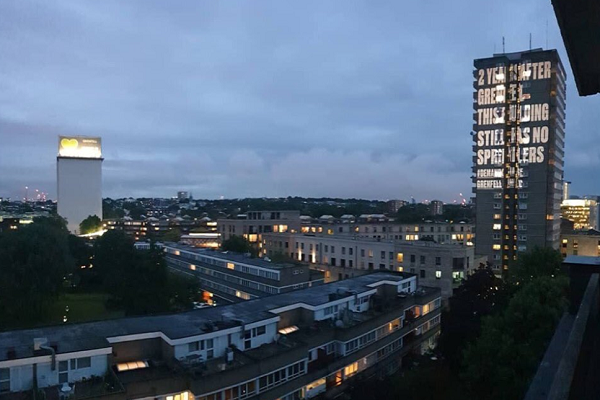
Professor Guillermo Rein, professor of fire science at the Department of Mechanical Engineering at Imperial College London, told Inside Housing that the UK places a particular emphasis on ‘compartmentation’ to protect buildings, while other jurisdictions prefer to rely on suppression.
“In the US it would be unthinkable not to have sprinklers in a high-rise building, but there is much less focus on fire doors, for example,” he said. “In the UK, the additional layer of fire protection from early suppression is not valued.”
UK guidance seeks to ensure that a fire will stay within the flat of origin until it is extinguished by firefighters, through the use of fire doors, fire-stopping and walls and floors with two-hour fire resistance.
But this can be compromised by poor management and combustible materials on the external facade (as was the case at Grenfell and Lakanal House), or even by fire simply jumping up via open windows.
It can also be undermined by modern construction methods, such as timber frame or modular, which can be more vulnerable to fire spread than traditional masonry construction.
“If the minimum standard was set 20 years ago, but you have new hazards arriving in the built environment every day, it may no longer be appropriate,” Professor Rein explained.
Research from the University of Leeds in 2021 also showed that there was an increased risk to life in high-rise fires, in part because it takes much longer for firefighters to access the building, reach the floor where the fire is and extinguish the fire.
Its analysis of response times showed that it takes more than 27 minutes from a 999 call to water being applied to a fire in a high rise, compared to seven minutes and 45 seconds in a house.
Sprinklers have been mandatory for new buildings taller than 11 metres since November 2020.
The Grenfell Tower Inquiry also recommended the use of evacuation alert systems in October 2019, as part of a broader recommendation that ‘Plan B’ evacuation plans should be developed for high rises if stay put advice failed.
Its investigation into the night of the fire had revealed that firefighters had no way to raise the alarm quickly once they decided to evacuate the building.
Despite promising to implement all of the inquiry’s recommendations, nothing has been done to bring this forward, with a research project on evacuating high rises yet to publish its findings.
Current statutory guidance discourages fire alarms due to a risk of false alarms – an issue that would not occur with a manual system designed to be operated by firefighters during an incident.
Professor Rein said that the absence of fire alarms was “more concerning” than the absence of sprinklers.
“Evacuation is such an important layer of protection – if the fire has breached compartmentation you need to have a way to tell people to get out,” he said.
Councils that have not fitted sprinklers or fire alarms told Inside Housing they followed the advice of assessors who tended not to recommend them, and focused instead on keeping communal areas sterile and improving and repairing features such as fire doors.
The English government was contacted for comment.
Two Welsh local authorities - Cardiff and Swansea - responded to say they had collectively fitted 12 sprinkler systems to the 20 blocks they own. The Welsh government has provided funding for sprinkler retrofit in social housing.
Update at 11.45 on 13.6.23
L&Q’s response to the initial survey gave a ’no return’ for the number of sprinklers in high rise residential buildings, along with a comment that they are not required under regulations. This was misunderstood as implying that there were no sprinkler systems fitted - when in fact the association had not been able to collect the data. The story was updated with the correct figure (52) when it was provided by L&Q after publication and the total figures were also updated to reflect this change.
The story was also updated with additional information about the Welsh Government’s position.
Update at 10.30am on 14.6.23
Following publication of this article, a government spokesperson provided the following statement: “People must be and feel safe in their homes. We have introduced changes so that more new buildings must have sprinkler systems.
"Recommendations about individual buildings should be made by independent assessors with the right expertise.
“We are committed to delivering proposals that enhance the safety of residents whose ability to self-evacuate in an emergency may be compromised, and will set out more when the results of our most recent consultations have been fully analysed.”
The government was first notified of the story on Wednesday 7 June and asked to provide a response by Friday 9 June.
Reactions and responses to Inside Housing research
A London Councils spokesperson said: “Every Londoner must be safe – and feel safe – in their home. Boroughs are fully committed to ensuring high-rise social housing in the capital meets fire safety standards, and have overseen a wide range of remediation activity to support this.
“However, boroughs are operating within an extremely challenging context. Housing Revenue Accounts in London are under exorbitant pressure. As well as needing to invest in safety measures in their social housing stock, boroughs are also seeking to improve conditions through effective maintenance and repairs, deliver warmer and greener homes, and build new housing for the 300,000 on waiting lists in the capital.
“Financial constraints are inhibiting faster progress. The government’s Building Safety Fund for blocks 18 metres high and over is not comprehensive for social housing. The Building Safety Act and Fire Safety Act brought new unfunded burdens to London boroughs at a time when resources and capacity were already stretched.
“We will continue to raise boroughs’ concerns with ministers and seek more support – including more funding – for fire safety work in London’s high-rise social housing.”
Charlie Pugsley, assistant commissioner for fire safety at the LFB, said: “The number of buildings in London with sprinkler systems is still very low and we would like to see this increase. Sprinkler systems, alongside other fire safety measures, can greatly reduce the impact of fires on people, property, homes and communities.
“We recommend sprinklers be fitted into any residential property on a risk-based approach, regardless of height, and consideration should also be given to the vulnerability of the residents.
“Sprinklers are not a luxury – they save lives and also reduce risk to the firefighters who have to tackle the fires.”
Gavin Tomlinson, chair of the NFCC’s Protection and Business Safety Committee, said: “The National Fire Chiefs Council have long been making the case for the installation of sprinklers in higher-risk buildings including high-rise residential buildings. Sprinklers save lives and reduce injuries.
“Crucially, sprinklers and other suppression systems can buy additional time in firefighting operations, and are widely recognised as the single most effective method for fighting the spread of fires in their early stages.
“Research by NFCC and the National Fire Sprinkler Network found that, on 99% of occasions, operating sprinkler systems can extinguish or contain fires. They also protect property, reducing the cost of repairs and minimising the impact of fire on the environment. We have repeatedly called on building owners to consider a range of risk mitigations including the installation of sprinkler systems and where appropriate common fire alarm systems.
“NFCC supports the recommendation from Phase 1 of the Grenfell Tower Inquiry that all high-rise residential buildings be equipped with facilities that fire and rescue services can use to raise the alarm in a building should the need to move from a stay put strategy arise. We have engaged in the development of the standard for evacuation alert systems (EAS) along with training firefighters in their use. We support the installation of EAS in new builds as required by Approved Document B and in existing residential buildings when undergoing refurbishment.
“NFCC believes that government should make it a requirement to retrofit sprinklers in all high-rise residential buildings over 18 metres, or at least seven storeys, that are served by a single staircase. Furthermore, we believe government should require that sprinklers are retrofitted in all existing residential buildings over 11 metres in height on a risk-assessed basis.”
Jane Duncan, chair of the RIBA Expert Advisory Group on Fire Safety, said: “The shockingly small number of high-rise buildings currently fitted with sprinklers in social housing demonstrates that there has been either a huge misunderstanding of the efficacy of sprinklers in saving lives, or worse perhaps, a complete lack of care. It is unacceptable that tenants are not being protected by this vital fire safety measure.
“For the small cost of fitting sprinklers into new construction or major refurbishments during building work, the outcome of fatal fires such as Lakanal House or Grenfell Tower could have been very different. Sprinklers are known to save lives; reduce injury; protect property, homes and businesses; contain the impact of fires on the environment; and reduce risk to firefighters.
“Research shows that sprinklers work in 94% of fires and control or extinguish fires in 99% of cases. Sadly, even though they are one of the most successful and effective methods of fire protection, regulation does not currently go far enough.
“While the government has made some progress in this area, requiring sprinklers in new residential buildings over 11 metres – echoing RIBA calls – there is more work to be done. The RIBA recommends requiring sprinklers as ‘consequential improvements’ where a residential building above 18 metres is subject to ‘material alterations’ and ensuring sprinklers are standard in all settings where vulnerable people are living.”
A spokesperson for Birmingham City Council said: “Our properties are on average 70 years old, while many of our tower blocks are also showing their age, having been constructed in the 1950s and 1960s. This has left the council with difficult investment decisions in relation to issues like decency, overcrowding and fire safety.
“Following on from Grenfell, we made the decision to invest in installing sprinklers as a priority in all our tower blocks, as tenant safety was paramount. Since then we’ve invested £93m in sprinkler systems to install them in most of our high-rise blocks. The remainder are under review for investment and in some cases are being held vacant as part of our wider city regeneration plans.”
Campaign group Tower Blocks UK said: “The statistics here are shocking. Sprinklers were one of the key recommendations from the Lakanal House inquest, yet more than a decade later those recommendations have still not been implemented.
“Tower Blocks UK are calling on the government to make sprinklers mandatory in all tall blocks, not just for new builds.
“Sprinklers save lives and are an obvious solution to mitigate the risks. The alternative, as we’ve tragically seen, can be catastrophic.
“The fact that some blocks don’t even have a comprehensive fire alarm system in this day and age is simply unacceptable. The government needs to demonstrate that it’s taking the safety of residents in tower blocks seriously and act on these matters urgently.”
Southampton City Council: how we installed sprinklers and fire alarms
Why have you prioritised installing sprinklers in council-owned residential blocks in Southampton?
While the Grenfell tragedy and the Hackett Report brought forward the requirements in all blocks over 18 metres, the council had already commenced installing sprinkler systems into its high rise blocks before this tragic event.
Sprinklers have been installed in all 19 high-rise blocks as part of a wide range of fire safety work, including replacing all fire doors which consisted of flat front doors and compartmentation work in the communal areas and flats. In addition, each block had a new fire alarm system linked to the sprinkler installation.
As we manage around 16,000 homes, fire safety has always been a priority.
How much has the work cost and how has it been funded?
We have invested more than £40m in our fire safety programme which has been funded by the Housing Revenue account.
Tell us about fires that have happened and how the sprinklers have protected homes and lives.
Since the sprinklers have been installed there have been five fires, all of which have been successfully suppressed before the fire service arrived. A firefighter from Hampshire and Isle of Wight Fire and Rescue Service said that the sprinklers act as a “personal firefighter” in every flat, preventing the spread of fire and reducing smoke damage. When small kitchen fires have happened in recent months, the sprinklers have helped to isolate and extinguish flames with little to no impact on neighbouring properties.
What actions is the council taking to ensure resident safety in its other blocks of flats?
The council is also installing sprinklers in a number of supported living blocks and blocks between 11 and 18 metres, together with a programme to replace fire doors and associated compartmentation work.
Sign up for our fire safety newsletter
Already have an account? Click here to manage your newsletters
